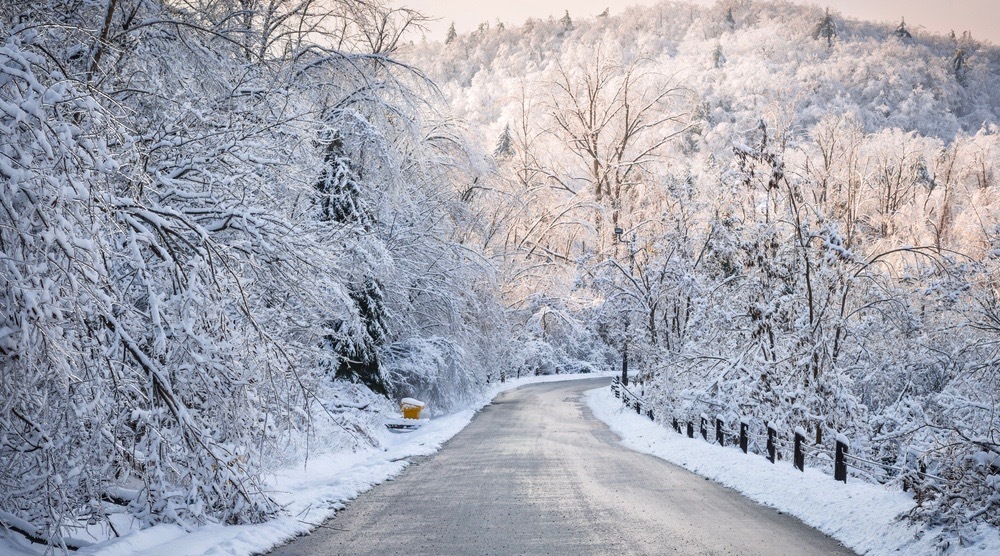Since heating costs account for almost half a homeowners average energy bill, consider preventing heat loss by winterizing your home. By improving the energy efficiency in your home, you can help reduce these costs when it starts getting cold out.
Prepping your home for winter doesn’t have to be hard or expensive. Take a look at the tips below:
- Install a programmable thermostat.
You can save energy while you’re not home by installing a programmable thermostat. It can reduce your energy costs by almost 10% a year. On top of that, you’ll be able to keep your home at a comfortable temperature as you arrive.
- Weather strip and caulk.
Do you ever feel drafts around openings of your home? Such as windows and doors? Many homes, especially older homes, will have small cracks that allow heat to escape and cold to enter. They might not seem like much, but it can account for up to a third of your energy costs. Take a walk around your home and look at places where air might escape. Such as baseboards, doors and windows. You can seal these gaps with the proper caulking or weather stripping that you can find at your local hardware store.
- Block drafts.
You can insert draft blockers under drafty doors, such as doors that lead outdoors or to basement and garages. For such an easy, inexpensive fix, draft blockers can actually prevent inaccurate thermostat readings.
4. Do not upgrade your heating system early.
Consider improving the energy efficiency of your home before investing in a new heating system. You’ll be able to purchase a smaller heating unit with a more energy-efficient home, which will lower your long-term energy operational costs while you also save on the initial purchase.
I hope these tips were helpful! If you’d like more tips on how to run a more energy efficient home and winterize your home, contact me today! I’d love to help.
